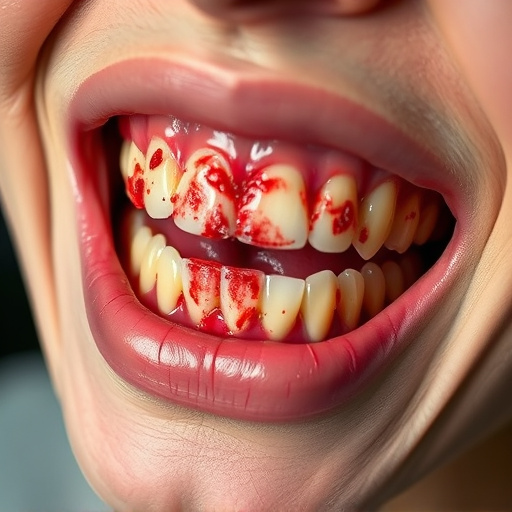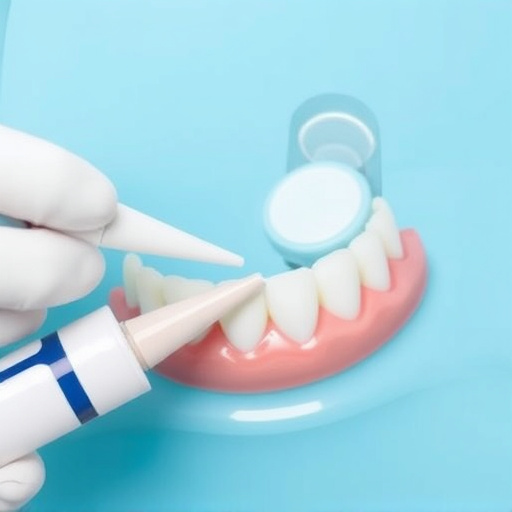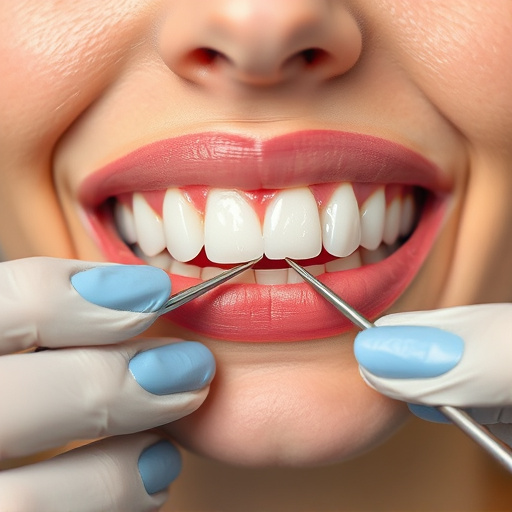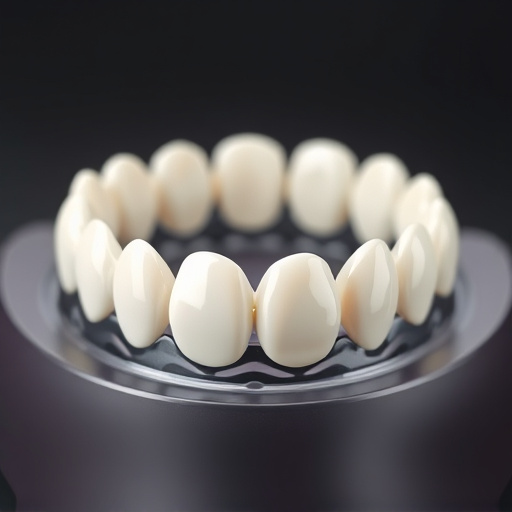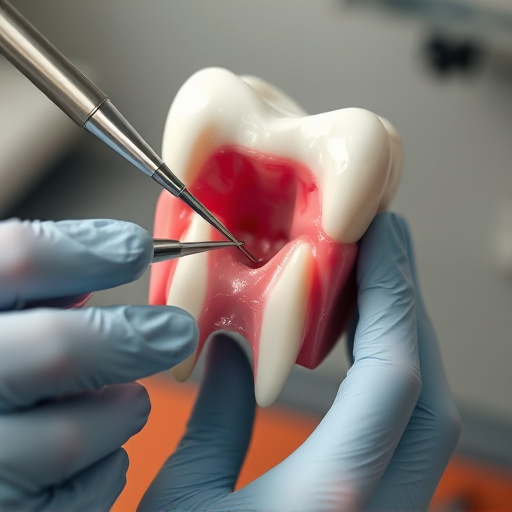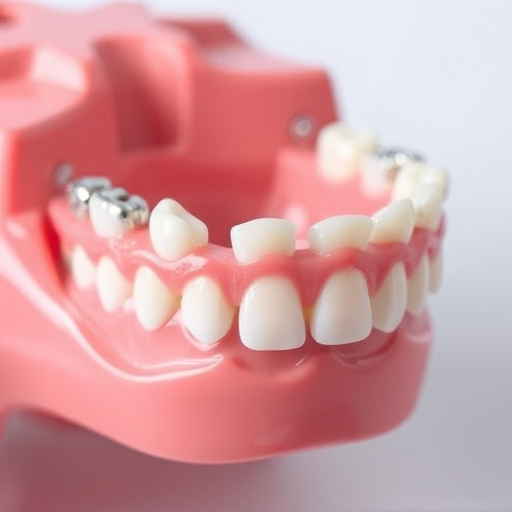Crown lengthening is a dental procedure that reshapes the gum line to expose more natural tooth structure, addressing issues like short crowns or insufficient tooth substance. Performed under local anesthesia, dentists incise and remove gum tissue to create a longer platform for existing crowns. Post-procedure, restorative dentistry and clear aligners can enhance functionality and cosmetic results. Local anesthesia minimizes discomfort, improves patient comfort, reduces anxiety, and aids in faster recovery. The crown lengthening procedure involves removing gum and bone tissue, exposing more of the natural tooth root, and enhancing structural support. Once healed, the exposed tooth can be covered with a dental crown for improved chewing, oral health, and cosmetic enhancement.
“Thinking about crown lengthening? This dental procedure, often performed with local anesthesia, can significantly enhance your smile’s aesthetics. In this comprehensive guide, we’ll take you through the ins and outs of crown lengthening, focusing on understanding the process, the role of local anesthesia, and what to expect before and after. Discover how this treatment can transform your smile and boost your confidence.”
- Understanding Crown Lengthening: The Procedure Unveiled
- Local Anesthesia: Its Role and Benefits in Dental Treatments
- What to Expect During and After Crown Lengthening
Understanding Crown Lengthening: The Procedure Unveiled

Crown lengthening, a specialized dental procedure, involves strategically altering the gum line to expose more of the natural tooth structure. This process is often recommended when patients have short crowns or insufficient tooth substance due to receding gums or traumatic injuries. By gently reshaping the gums, dentists can create a longer platform for existing crowns, ensuring better fit and aesthetic appeal.
During the crown lengthening procedure, local anesthesia is typically administered to ensure patient comfort. A dental surgeon then carefully incises the gum tissue along the affected area, removing small sections to expose the desired tooth length. This precise technique allows for the placement of larger, more natural-looking crowns or fillings, enhancing both functionality and cosmetic dentistry. Restorative dentistry plays a vital role in achieving a beautiful, healthy smile after this procedure, often complemented by clear aligners for a seamless aesthetic solution.
Local Anesthesia: Its Role and Benefits in Dental Treatments
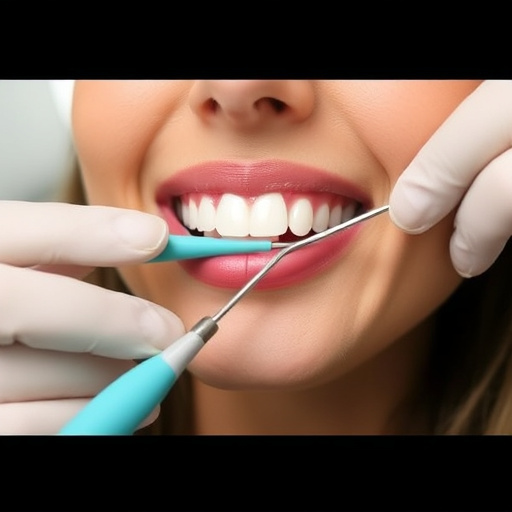
Local anesthesia plays a pivotal role in dental treatments, including the crown lengthening procedure. It’s crucial for ensuring patients experience minimal discomfort during the process, which involves adjusting the gum line to reveal more of the tooth. By numbing the area around the teeth, local anesthesia allows dentists to perform precise and painless adjustments, enhancing the overall success rate of the procedure.
In the context of crown lengthening and other dental interventions, using local anesthesia offers several benefits. It promotes patient comfort, reduces anxiety associated with dental procedures, and facilitates a smoother recovery. Moreover, it enables dentists to work with greater accuracy, resulting in more aesthetically pleasing outcomes. For both adults and children’s dentistry, routine oral exams, and teeth cleaning, incorporating local anesthesia is a standard practice that prioritizes patient welfare and satisfactory treatment results.
What to Expect During and After Crown Lengthening

During the crown lengthening procedure, a dental surgeon carefully removes a portion of gum tissue and sometimes bone to expose more of the natural tooth, or root. This is often done under local anesthesia to ensure patient comfort. The procedure itself is relatively quick, typically taking less than an hour for each arch. After the surgery, you can expect some swelling and mild discomfort, which is usually managed with over-the-counter pain relievers. It’s crucial to follow your dentist’s aftercare instructions, including keeping the area clean and avoiding strenuous activities.
In terms of recovery, gum tissue generally takes about 2-3 weeks to heal completely, during which time you may need to avoid certain foods that are sticky or very hot. Once healed, the exposed tooth can be covered with a dental crown, either as part of a cosmetic dentistry procedure or to restore functionality after wisdom tooth removal. This added length allows for better support and can improve your bite, making it easier to chew and maintain oral health, especially if you have misaligned teeth or a deep jawline.
The crown lengthening procedure, often performed with local anesthesia for patient comfort, is a valuable dental treatment that enhances both aesthetics and functionality. By carefully increasing the visible portion of a tooth, this procedure can improve the appearance of crowded or misaligned teeth, making them straighter and more proportionate to the smile. Understanding the process, the role of local anesthesia, and what to expect post-treatment are crucial steps in navigating this game-changer for dental health and confidence.

